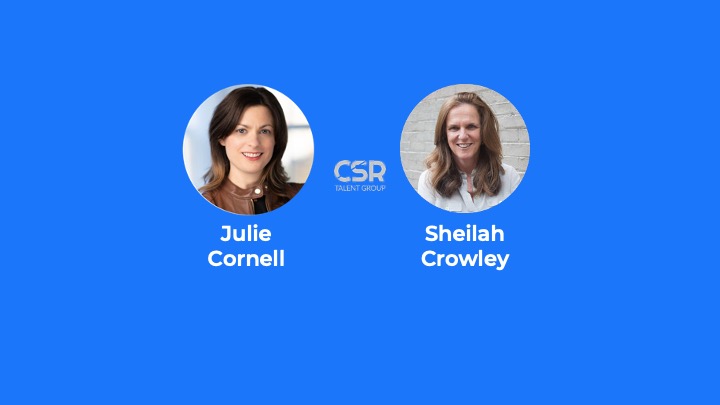The ESG Executive Network
(Forum)
This online network is designed to ESG execs together to support and motivate each other through best practices and practical insights – so that we can lead our organizations with confidence and authority.
Cost:
Monthly subscription
Highlights:
- Online Discussion Forums
- Networking Opportunities
- Curated Tools and Resources
- Opportunities to Celebrate our Wins!
Contact Dora
Dora Lutz
dora@giving-spring.com



